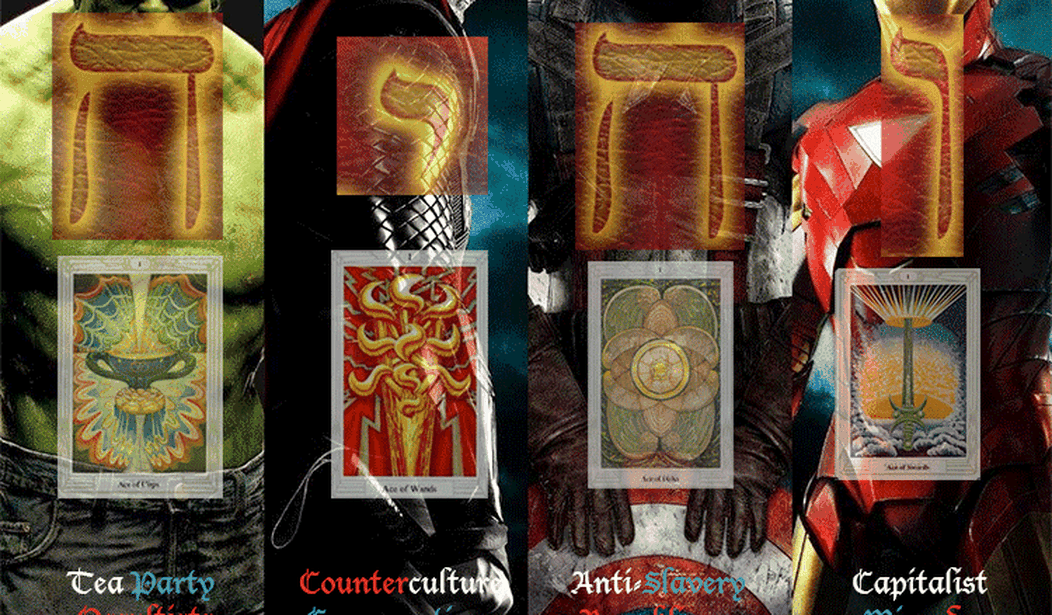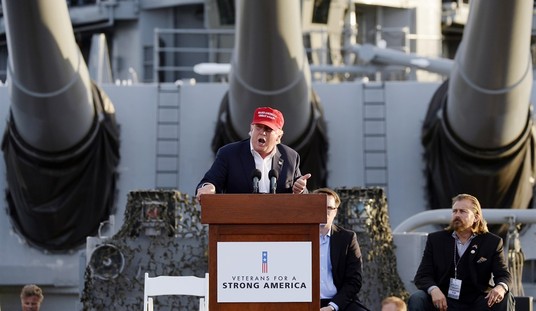Iraqi terrorism suspect and award-winning Associated Press photographer Bilal Hussein was released from U.S. military custody on Wednesday after more than two years in prison. Various news outlets are reporting the release as the triumph of an innocent man, though that journalism community-based supposition is unsupported by known facts.
An amnesty committee reviewing the charges against Hussein judged neither the merits of the case nor his guilt or innocence, but instead looked “exclusively at the categorization of the charges relative to provisions of the Amnesty Law,” according to a U.S. military release. The review came roughly a month after an Iraqi judge determined on March 11, 2008, that the weight of evidence was sufficient to refer his case to trial. Military sources confirm that Hussein was released only because the specific terrorism-related crimes with which he was charged fall inside the parameters of Iraq’s new amnesty laws, not because of a lack of evidence.
Hussein’s release was hardly unique, as he was one of 300 detainees released Wednesday from Camp Cropper and Camp Bucca detention facilities under the new amnesty law.
Multi-National Forces-Iraq maintains that it has “convincing evidence” of Hussein’s involvement in the insurgency, and still considers him to be a “terrorist media operative who infiltrated the AP,” though one that is no longer a threat.
Maj. Matt Morgan, USMC TF-134 – Detainee Operations, stated that the military disclosed the specific evidence against Bilal Hussein to the Associated Press so that the news organization “would fully understand the situation,” but there is no indication that the Associated Press has published or will publish this information.
Instead, there is every indication that the news organization will attempt to portray Hussein’s release as the long-overdue vindication of an innocent man.
Hussein had been arrested on April 12, 2006, after U.S. Marines on patrol in Fallujah asked to use his home as a temporary observation post. Once inside his home, the Marines claimed they found improvised explosive device materials, and a more detailed search was said to have uncovered insurgent propaganda and a surveillance photo of a coalition forces installation.
Hussein was arrested with Hamid Hamad Motib, a known al-Qaeda leader. That information has somehow managed to slip from the Associated Press coverage of his release, as did the claim that Hussein did not identify himself by name or as an Associated Press employee when arrested. He was only properly identified by an investigator who recognized Hussein’s picture on an American blog over a month after his detention.
The Associated Press has long been suspected of being infiltrated by insurgent and militia forces, and has repeatedly come under fire by critics throughout the Iraqi conflict for running stories that were later determined to be misleading or entirely false, based upon sources the Associated Press claims are Iraqi police or army officers or belonged to known insurgent-supporting groups. Sometimes the organization simply practiced bad reporting and asked the wrong people for evidence to support a preconceived narrative.
Regardless of AP’s organizational reporting problems in Iraq, Bilal Hussein is unlikely to distinguish himself again as an Associated Press photographer.
The military confirms that Bilal Hussein was ultimately freed because the insurgency he was accused of being part of has died. The city of 300,000+ that many once regarded as the most dangerous in Iraq is now garrisoned by just several hundred soldiers and Marines.
Bilal Hussein has “won” his personal battle, even as the terrorist group he is accused of supporting has lost their war.
Bob Owens blogs at Confederate Yankee.









Join the conversation as a VIP Member